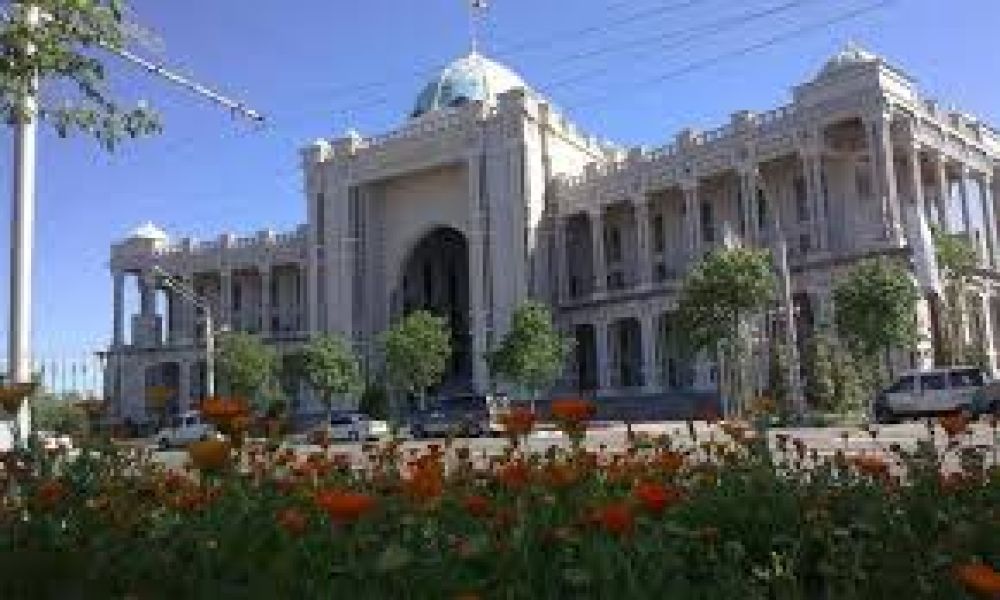

The history of tourism in Dushanbe, Tajikistan, and particularly the attraction of Navruz Palace, is intertwined with the region's cultural and political tapestry. Dushanbe, the capital city of Tajikistan, has long been a crossroads of civilization and a melting pot of various cultures. It is a relatively young city that has rapidly evolved from a small village in the early 20th century to a vibrant urban center.
Tourism in Tajikistan took form after the Soviet Union established the Tajik Soviet Socialist Republic in 1929. Dushanbe, which became the capital, started attracting visitors interested in the Soviet lifestyle and Central Asian culture. However, the tourism industry was not a primary focus for the region during this period.
Following the collapse of the Soviet Union and the subsequent independence of Tajikistan in 1991, the country faced significant challenges, including a civil war that lasted until 1997. These events greatly hindered the development of tourism.
Navruz Palace, also known as Nowruz Palace, represents one of the most spectacular architectural achievements in modern Tajikistan. This grand structure was inaugurated in 2014 and quickly drew attention for its opulent design, which incorporates traditional Persian and Tajik elements.
Designed to host grand events, international meetings, and cultural celebrations, Navruz Palace is not only a symbol of the Navruz holiday, which marks the Persian New Year but also a testament to the country's aspirations to showcase its rich heritage and potential as a destination for luxury and cultural tourism.
Today, the tourism trend in Tajikistan is gradually emerging, with an increased emphasis on adventure tourism, eco-tourism, and cultural experiences. Dushanbe, with its mix of modern and Soviet-era architecture, serves as the gateway to the country's stunning mountain landscapes and ancient historical sites.
Navruz Palace is a significant draw for visitors seeking to experience the pinnacle of Tajik craftsmanship. The palace's intricate tiles, magnificent halls, and traditional decor offer a unique glimpse into the country's aesthetic traditions. Guided tours often include the palace as a highlight of the Dushanbe experience.
The future of tourism in Tajikistan looks promising, with the government investing in infrastructure and marketing to attract more tourists. As a part of this initiative, the Navruz Palace stands as a beacon of Tajik culture and hospitality, welcoming visitors from around the world to delve into the heart of Central Asia.
Navruz Palace embodies the spirit of Tajikistan's history, culture, and its aspirations for the future. It remains a key feature in the unfolding story of tourism in Dushanbe and invites travelers to immerse themselves in the grandeur of Tajik traditions.